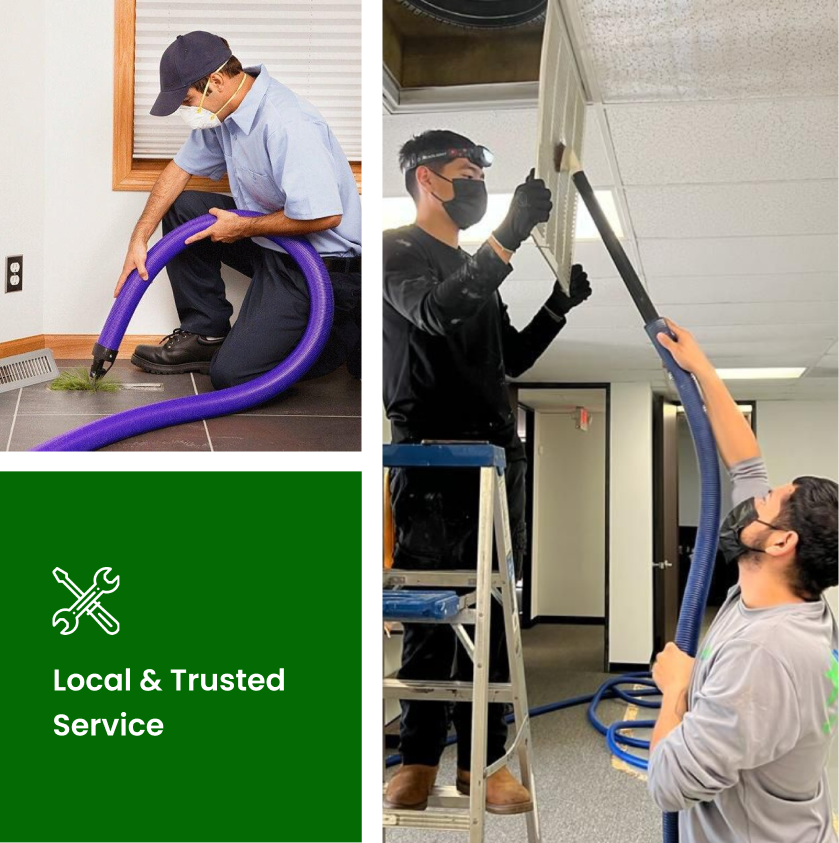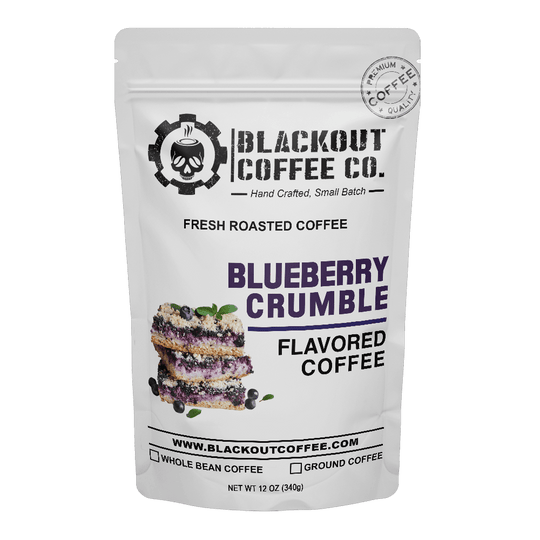What is a Permanent Resident Card?
A Permanent Resident Card, frequently referred to as a Green Card, is proof of your status as a lawful long-term citizen with a right to live and work completely in the United States. It likewise is proof of your registration in accordance with United States migration laws. The Permanent Resident Card is likewise called Form I-551.
What Does the Law Say?
Area 264 of the Immigration and Nationality Act provides that, “Every alien in the United States will be released a certificate of alien registration or an alien registration invoice card in such form and way and at such time as will be recommended under regulations.”
It likewise states, “Every alien, eighteen years of age and over, will at all times bring with him and have in his personal possession any certificate of alien registration or alien registration invoice card provided to him.
The specific requirements and procedures for applying to renew an expiring irreversible resident card are set forth in the Code of Federal Regulations [CFR] at 8 CFR § 264.5.
Who Should Renew a Permanent Resident Card?
You need to renew your permanent resident card if you are a permanent local who was issued a Form I-551 legitimate for ten years, and that card is either expired or will expire within the next six months.
If you are a Conditional Resident and your status is ending, these guidelines do not relate to you. You are to utilize Form I-751 (Petition to Remove the Conditions on Residence) to use to remove the conditions on your irreversible resident status.
How Do I Apply to Renew My Permanent Resident Card?
If you are a legal permanent local whose ten-year I-551 has ended or will expire within the next six months, you might renew your card by submitting an Form I-90.
How Can I Find Out the Status of My Application?
Please click here for complete instructions on examining the status of your application. Or, you might check the status of your application online at Case Status Online.
If My Application is Denied How Can I Appeal?
If your application for a renewal of your permanent resident card is denied, you will get a letter that will tell you why the application was rejected. By filing such a motion, you may ask the USCIS workplace to reexamine or reassess its choice.
A movement to resume must state the new facts that are to be supplied in the resumed proceeding and needs to be accompanied by the appropriate documentary evidence. A motion to reassess should develop that the choice to reject your application was based upon an incorrect application of law or Immigration policy, and even more develop that the choice was incorrect, based on the evidence in the file at the time the choice was made. To learn more, please see How Do I Appeal the Denial of Petition or Application?
Can Anyone Help Me?
You might contact the District Office near your home for a list of companies who can assist you with the preparation and filing of your application if recommendations is needed.
You might also want to contact a lawyer. This one can help with several visa types:
-p-2000.jpg)


